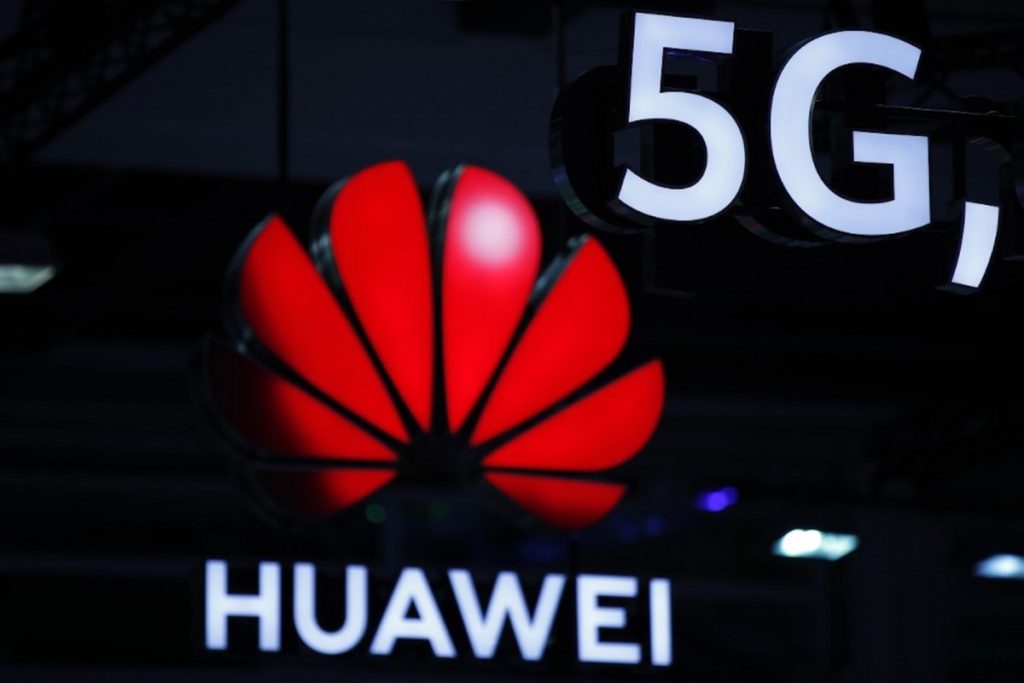5G can enhance the effectiveness of pandemic prevention and treatment, and drive the digital transformation of healthcare systems in response to major public emergencies, such as the current pandemic of COVID-19, a newly released Deloitte report suggests.
The white paper titled, “Combating COVID-19 with 5G: Opportunities to improve public health systems,” was produced in collaboration with Huawei. During the outbreak in China, telecommunications operators collaborated with Huawei to rapidly set up a specific 5G network dedicated to COVID-19 treatment hospitals.
The white paper analyses examples of COVID-19 control and treatment measures in China and identified challenges that face epidemic management in terms of monitoring, quarantine and treatment.
Amongst its findings, the whitepaper notes that the effectiveness of communication and data exchange has been essential in screening for infected individuals and controlling the outbreak. This by enabling thermal imaging, continuous remote monitoring and diagnoses during patient transfer.
The research also highlighted the need to build and upgrade public health emergency response mechanisms, through which governments are able to make right decisions promptly and allocate resources more effectively.
In this regard, 5G can also promote collaboration by enabling connectivity, maintaining effective communication among hospitals, and enable medical data and reference sharing between hospitals and scientific research institutions, especially “in the rapid increases in data volume and mounting demand for remote and HD-video based treatment” scenario.
In addition, the report indicates that the success of 5G applications in the public health domain could also inspire new business models in other sectors. It finds as a result of 5G features such as high speed connection, high reliability and low latency, the healthcare system has benefited from improved response times, patient monitoring, data collection and analytics, remote collaboration and resource allocation. It also sets an example for digitalised, data driven and Cloud-based innovative major public emergency response platforms.

